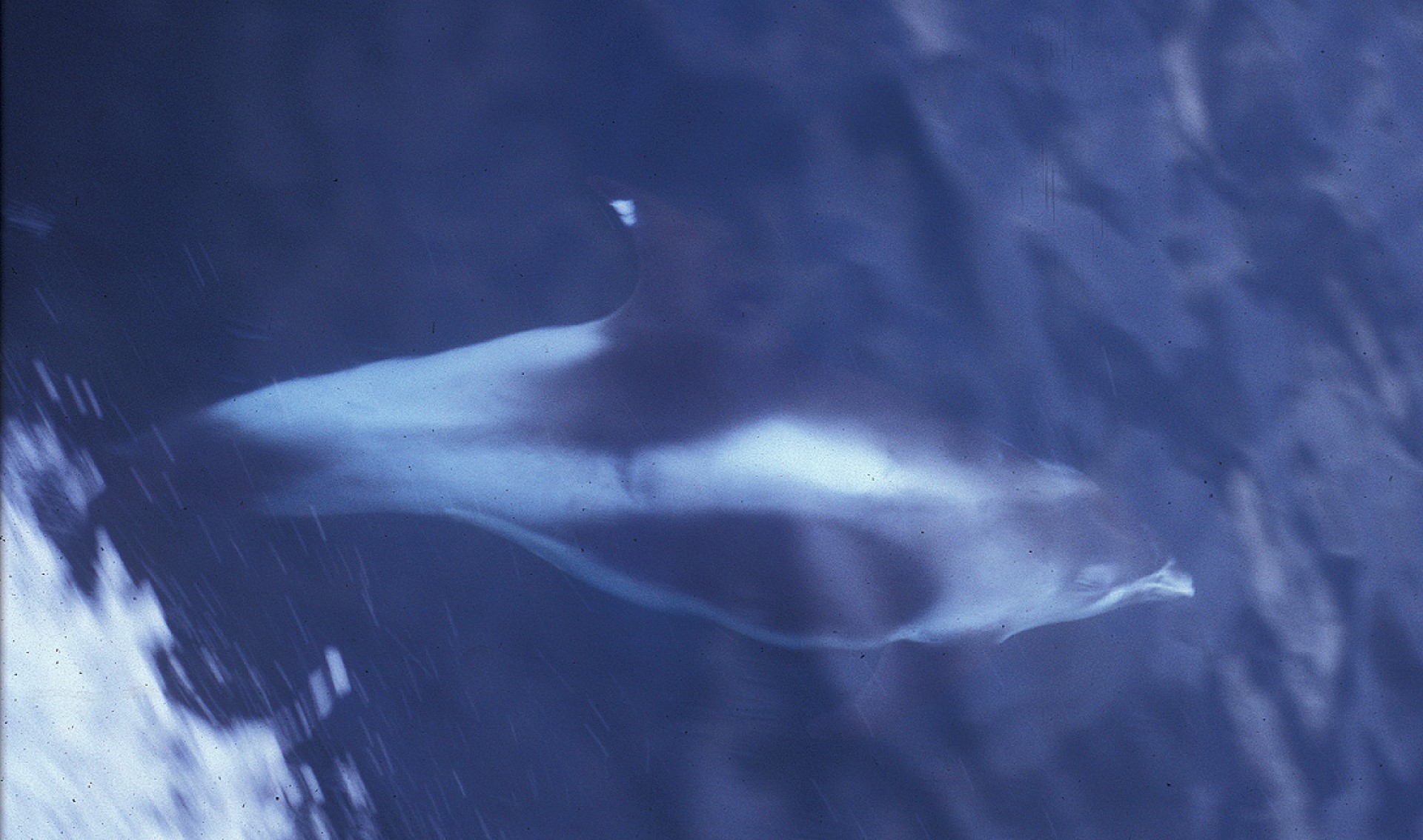
These 3 groups do not intermix, and only very seldom, interbreed. These populations are found in the Southern Pacific, Northern Pacific and the North Atlantic and Mediterranean.
This naturally means that the great white sharp is far more at risk of extinction, than if all the great white sharks in the worlds oceans could interbreed.
These areas appear to be bounded by great ocean currents, which are rarely crossed. This is a problem, as if an individual population is lost, it makes it far more likely that distinct genetic information could be lost with it – take the Mediterranean great while shark population, which has seen a dramatic population decline from historic numbers, estimated at between 52% and 96% (areas like the Maramara sea, are known to have lost 96% of their population) depending on which study you read.
This makes local conservation far more essential, and we need to be careful to not loose any individual populations. There has been a great deal of worry for the great white shark population around South Africa, as they pretty much vanished in 2017, but appear to have returned in 2024. The disappearance of the great white was attributed to 2 orca which had become expert in hunting and killing these sharks – it should be remembered, that while great whites are often at the top of the food chain, they are hunted for food by orca. Whether these orca have gone back to eating something else, hence the great white shark return, is a question that does not appear to have been answered as yet.



















